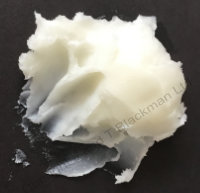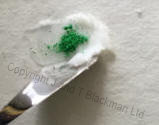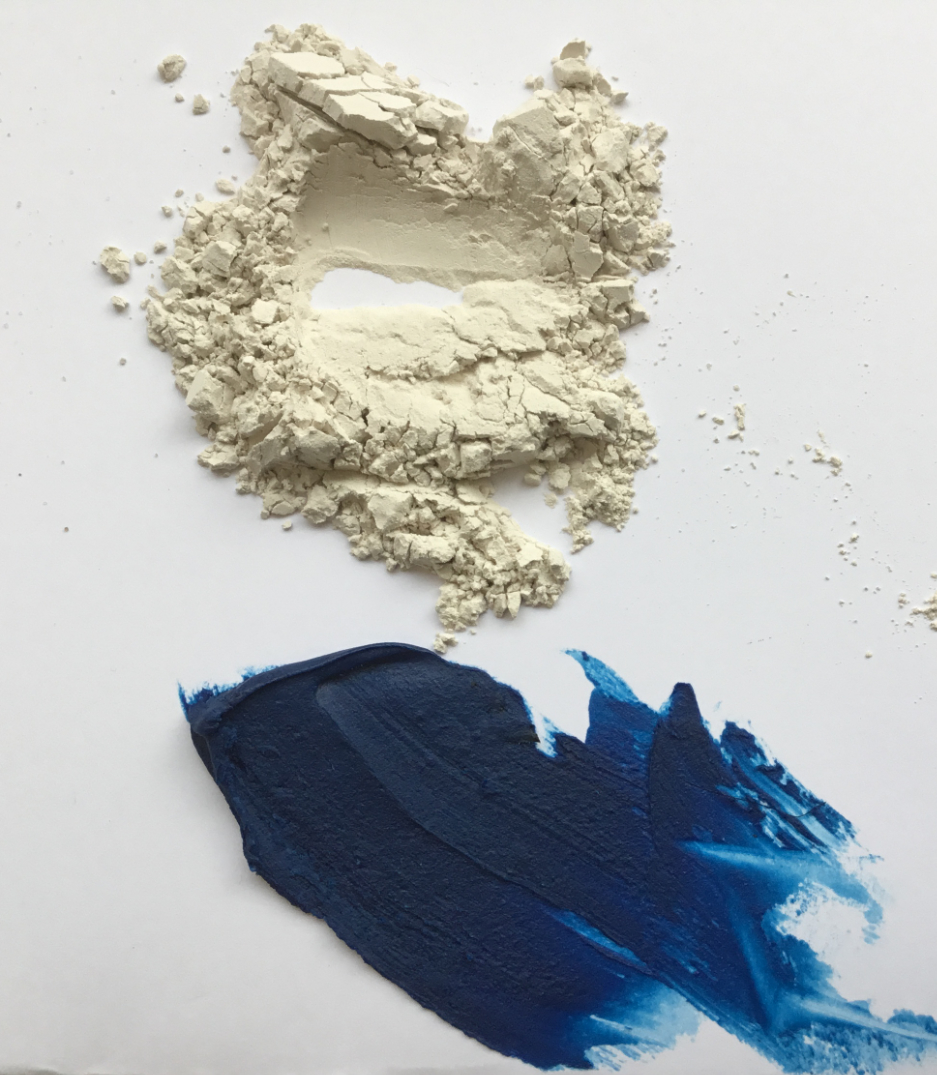 |
Cold Wax Painting Medium |
|
 |
Cold Wax Painting Medium |
|
Zest-it Cold Wax Painting Medium.
What is it and how do you use it?
|
(It is not a hazardous product therefore an (M)SDS is not required.) |
Cold Wax Painting Medium The Zest-it Cold Wax Painting Medium is a wax based paste for mixing with oil paint to give texture and substance to the painting. It is a mixture of genuine Beeswax, Linseed Oil and Damar resin. It is smooth, thick and firm. When mixed with oil paint, the resultant Cold Wax/oil paint mixture dries faster than oil paint would by itself. |
|
Add pigments, embellishments and metallic powder to the wax before applying to a painting or surface. Also Pastels, powders, mica flakes, glitter, graphite and 'acquired' additions. It is not recommended to add any water based products, it may 'seem to work' but over time there will probably be oil/wax/water movement and disintegration of the damaged elements. Use oil paint, oil pastel, dry pigment, but, not water mixable oils or acrylics. Water mixable and acrylic need water to work - wax does not! |
Zest-it.Shop Cold Wax Painting Medium We also now have our new product |
|
|
Cold Wax with Oil Paint. When mixing Cold Wax Painting Medium with oil paint, mix them together, a little or a lot whatever is appropriate. The image left is an example of a single spread of lightly-mixed wax and oil paint. Some suggest specific ratio, or proportions of 'this and that', or 'don't use more than 50%' etc. Adhering to defined ratio's does not guarantee 'success'. Wax and Oil have been used together for many thousands of years without issue that we know of, it often depends on the quality of the products as to its longevity! Mixing the wax and oil paint together before applying is the optimum way. Heating wax mixed with oil paint is heating the 'unknown', not a recommended practice. Furthermore, for those wanting to use heat with wax, then it would be better to use 'Encaustic' supplies. Even though it was heat tested as described in the tests, it is not designed for use with heat. |
|
Wax and Pigment The Top image is dry pigment placed on the wax before mixing together with a knife. The dry pigment will have a drying/shortening effect on the wax, which makes the wax feel more firm, drier and less creamy. Adding 1 (one) drop of Zest-it Cold Pressed Linseed Oil or Zest-it Clear Painting Medium will rectify the mixture, or of course you can use it 'as is'. The Bottom image shows the dry pigment mixed into the wax. If you prefer not to add CPLOil to the mixture, then add just one drop of Wax Solvent to the pigment. This will 'wet' the pigment before mixing together with the wax, makes incorporating the pigment much smoother. |

|
 |
How to use the Cold Wax Additions To give more body to the wax, which in turn, give texture and impasto possibilities to the wax, before adding to the painting or mixed media work. A Firm favourite it Marble Dust, this gives a grittiness to the mixture. The image left is Limestone Dust which gives a smoother, softer texture to the mixture. All of these can be found in the Zest-it Shop. |
|
|
Copyright 2001 - 2025 © Jacqui Blackman. All Rights Reserved
Worldwide.
The information contained herein is the Intellectual Property of
Jacqui Blackman and
J. & T. Blackman Ltd., and is supplied without liability for
errors or omissions.
Zest-it ® and its ![]() logo are Registered Trademarks.
logo are Registered Trademarks.
No part may be reproduced or used except as authorized by
contract or other written permission, unless stated otherwise.
The copyright and the foregoing restriction on reproduction and
use extend to all media in which the information may be embodied.